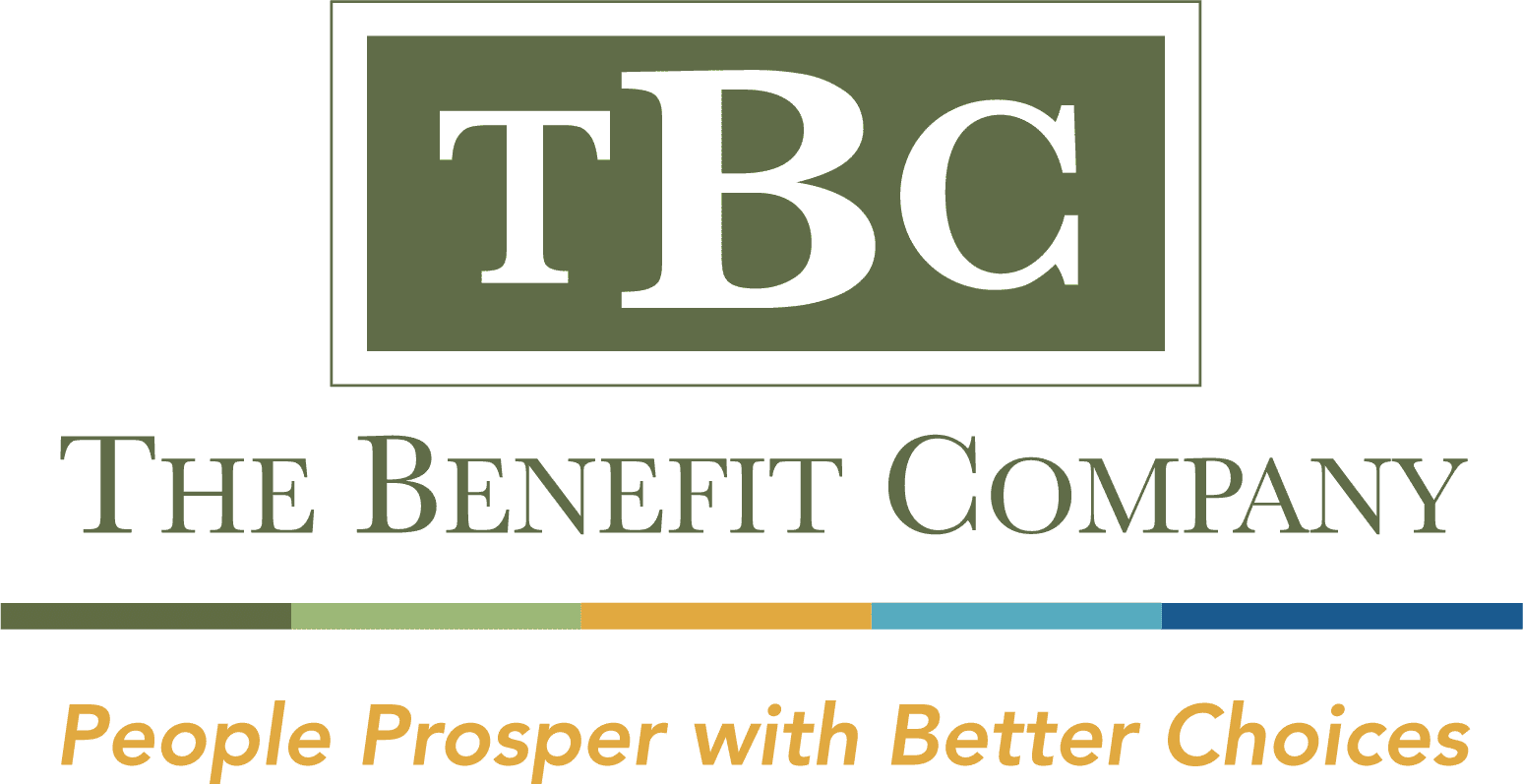In life, transitions can be difficult. There can be fear and anxiety surrounding what might be next. Yet transitions are necessary for professional and personal process.
Six months ago, I changed careers. After working in college athletics for 16 years, I accepted an advisor role at The Benefit Company. This transition was filled with personal anxiety and questions around learning the industry, who would mentor me, will I succeed, and more. During my time in college athletics, I worked at seven different schools, lived in six different states, and my wife and I had children in three different states. These life and job transitions were difficult, accompanied by anxiety and concern. Still, each one provided an opportunity to expand my mental capacity, learn new ideas, and serve a different group.
This idea of transition and change has been “on my heart” because of my personal experience and the current status of the insurance industry. The more I read and learn about employee benefits, the more I realize a transition can take place. The transition is to see employee benefits as an asset. Employee benefits can differentiate your company from competitors and peers. Currently, many employees view a simple open enrollment meeting less than favorably. Benefits equate to 25%-35% of an employee’s total compensation, yet getting employees happily engaged in an open enrollment process remains a chore. Should we consider transitioning our approach?
In athletics, coaches spend 365 days a year thinking about THE TEAM. Each team is comprised of individuals with different roles. Coaches spend countless hours recruiting, developing, and retaining team members to build a successful program. The best teams generally have the best and most efficient strategies around these activities. If we can agree with Woody Hayes’ statement, “You win with people,” consider how your organization is using employee benefits to assist with recruiting, developing, and retaining employees?
Please consider the following questions to determine where your organization is currently, and how a transition could add value.
- Do we consider employee benefits a differentiator?
-
- If no, how do we transition our plan towards this goal?
- If yes, how do we ensure our employees and potential employees understand the benefits?
- What should we do in 2020 to best apply our current plan?
- How can we evaluate our plan to improve in 2020 and beyond?
- How do our competitors utilize employee benefits?
- What does the top talent in our industry desire in an employee benefit plans?
- How do we best develop and retain our current employees?
As we transition to 2020, take a moment to reflect on what is most important to our organization. Resolve to ensure we arrive at January 2021 feeling great about our transition. Do not let the trepidation of a possible transition slow down your progress. In the end, it will be worth it. Knowledge is power!
Paul Nichols
Consultant
- Self-funding
- Pharmacy Benefit Management Optimization
- Employee Benefit Captives
- Population Health Data Analytics
- Disability Contracts
- Government Contractors
 The Benefit Company
The Benefit Company
